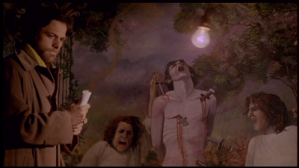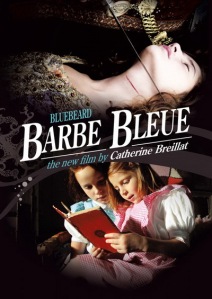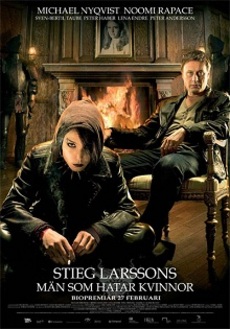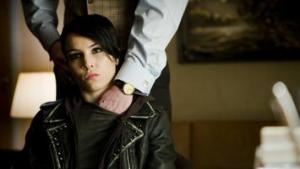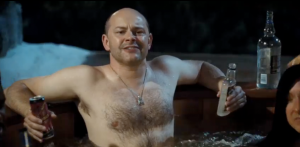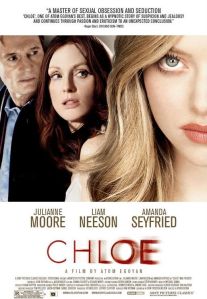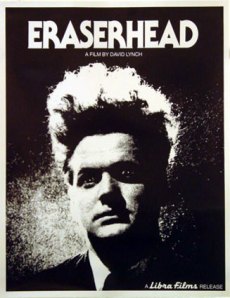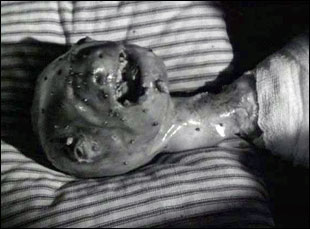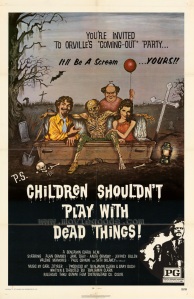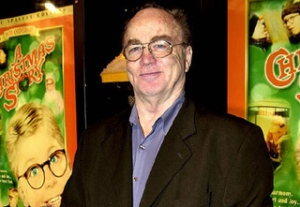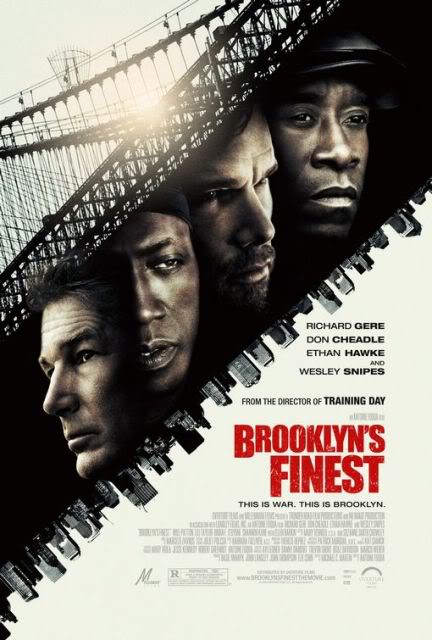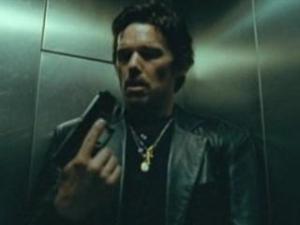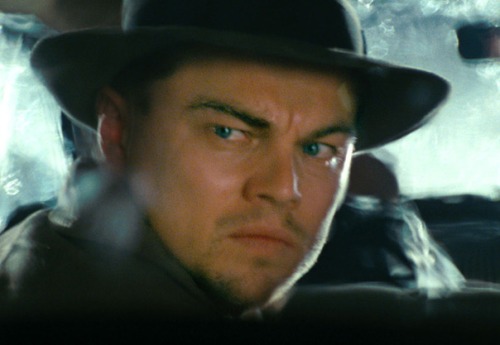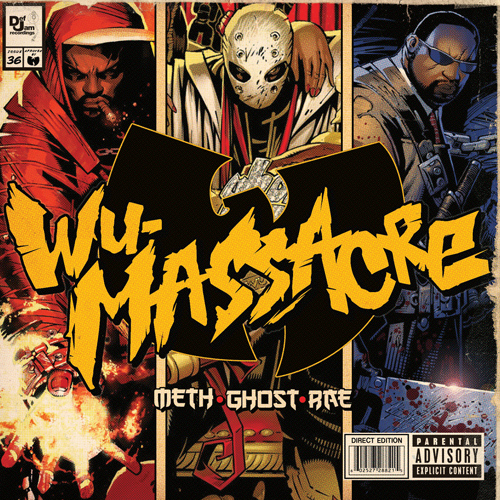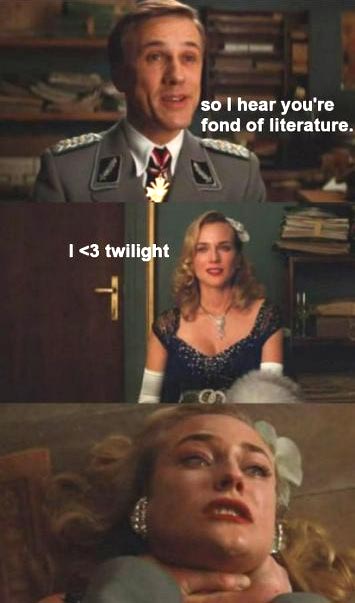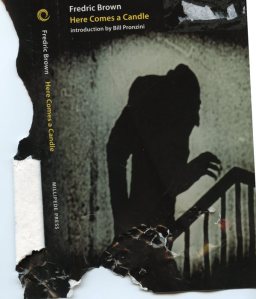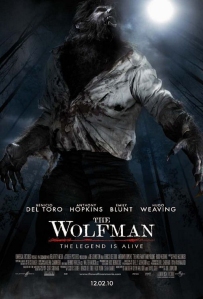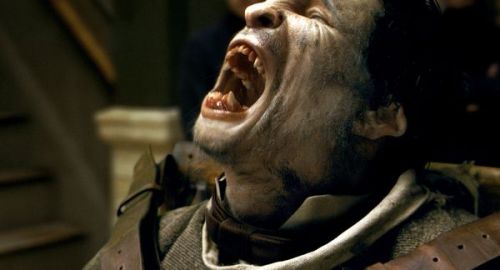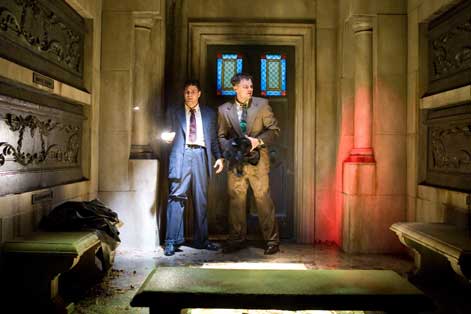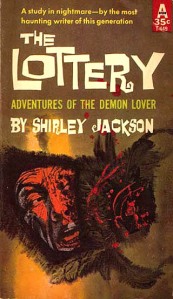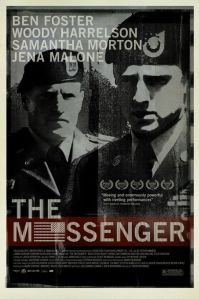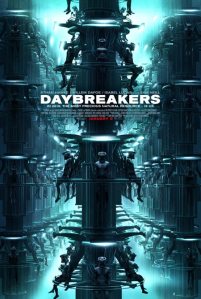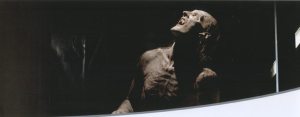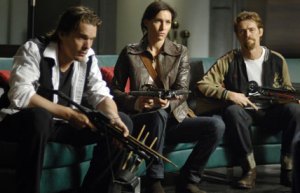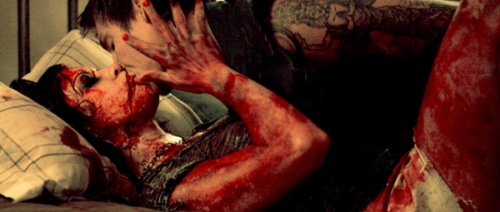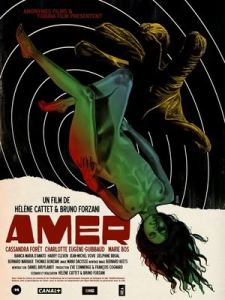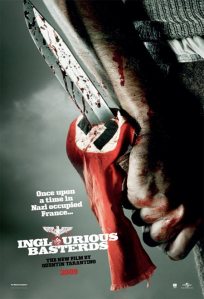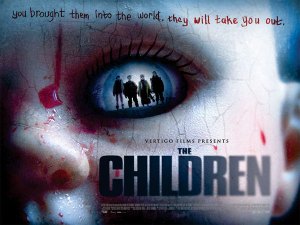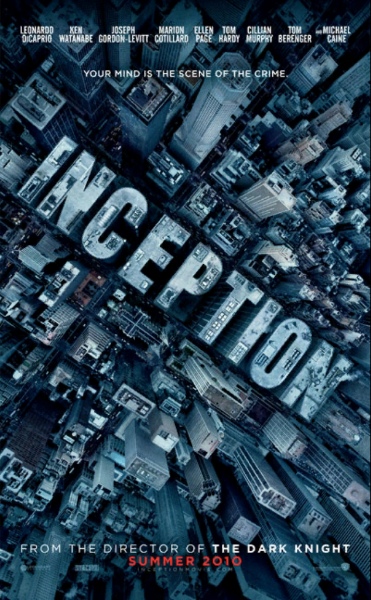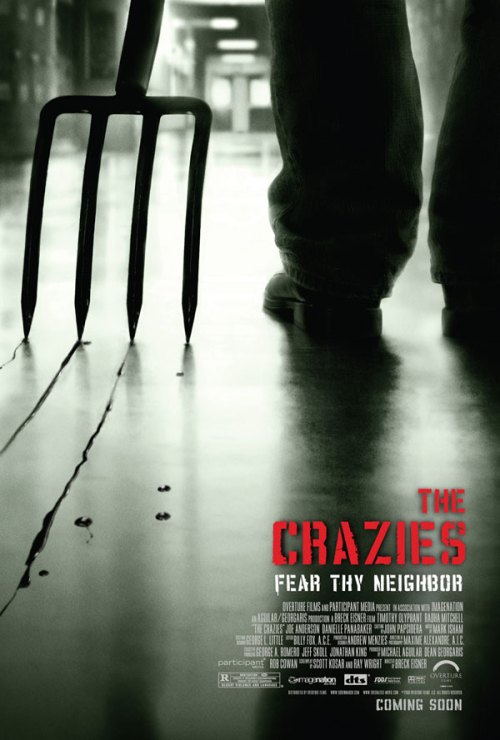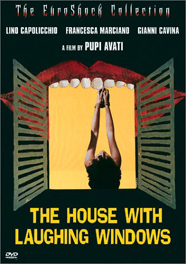 Around 3 a.m. last night, I couldn’t break free from my bed. I tried to, multiple times, each effort feeling increasingly impossible. I was beneath mounds of quicksand, essentially; the comforter and sheets smothering me like tar. The only way the whole experience could’ve have been more terrifying would have been if Freddy Krueger showed his face and revealed that the ordeal was of his doing. But, of course, it wasn’t. Instead, I was stuck in authentic nightmare territory, a direct result of a film I watched only three hours prior. The movie was an old Italian giallo from 1976, The House with the Laughing Windows, a minor cult favorite from director and co-writer Pupi Avati. While the film was playing, I was certainly into it, but far from enamored. There are these murky church organs that dominate the soundtrack, and are quite effective. Before this nightmare, those keys were the scariest thing about Avati’s picture; the denouement, a disturbed GOTCHA moment, punctuated by a slight cross-gender twist, for the film’s hero Stefano (Lino Capilicchio, a James McAvoy lookalike), is more haunting than full-on scary. But as those organs play over the enigmatic final shot, The House with the Laughing Windows settled into my head, something awful. The nightmare was inevitable.
Around 3 a.m. last night, I couldn’t break free from my bed. I tried to, multiple times, each effort feeling increasingly impossible. I was beneath mounds of quicksand, essentially; the comforter and sheets smothering me like tar. The only way the whole experience could’ve have been more terrifying would have been if Freddy Krueger showed his face and revealed that the ordeal was of his doing. But, of course, it wasn’t. Instead, I was stuck in authentic nightmare territory, a direct result of a film I watched only three hours prior. The movie was an old Italian giallo from 1976, The House with the Laughing Windows, a minor cult favorite from director and co-writer Pupi Avati. While the film was playing, I was certainly into it, but far from enamored. There are these murky church organs that dominate the soundtrack, and are quite effective. Before this nightmare, those keys were the scariest thing about Avati’s picture; the denouement, a disturbed GOTCHA moment, punctuated by a slight cross-gender twist, for the film’s hero Stefano (Lino Capilicchio, a James McAvoy lookalike), is more haunting than full-on scary. But as those organs play over the enigmatic final shot, The House with the Laughing Windows settled into my head, something awful. The nightmare was inevitable.
I swear on the names of Dario Argento and Lucio Fulci that this bad dream was one of the worst I’ve ever had. It all felt so damn real; I heard the organs, lifted straight out of Avati’s work, and I saw the film’s two endgame antagonists, the Legnani sisters, an embodiment of the two peripheral figures commonly seen in paintings of St. Sebastian’s final moments. My bedroom, lit only in the shadows peeking in through the windows, became a tomb; my attempts to simply rise out of bed turned into a broken record spinning devil music. Up and down, up and down; “I can do it” into “Don’t kill me,” “I can do it” into “Don’t kill me.”
The House with the Laughing Windows takes the St. Sebastian imagery into its own fictional world, envisioning the traditional picture as an impetus for supernatural hub-bub. Stefano is hired to restore the unfinished work of Legnani, a deceased painter cloaked in mystery; he was dubbed the “painter of agony,” due to his penchant for drawing those near- and in-death. As Stefano gets to work, the townsfolk get more ominous by the second, and bodies start dropping. This all commences with patience. The film’s pacing is slow; it’s one of those creepy-crawly horror stories that zaps you early on, lets the dread marinate and then pulverizes you with third-act devastation. Not all of Avati’s film works; clocking in at 110 minutes, the flick would benefit from a solid 15-minutes-off edit. Yet, the bookends are powerful enough to salvage the entire thing. Consult Netflix immediately for this, if only to check what is easily one of the most Satanic opening credits sequences out there. All-red screen, those organs-from-Hell, a slow-motion reenactment of St. Sebastian’s encounter with razor-sharp knives, sprinkled with blood-curdling screams and yelps, all before an eerie voiceover that’s up there with “Simon” from Brad Anderson’s awesome Session 9. Even if the entirety of The House with the Laughing Windows had sucked, the beginning credits would justify its cult status.
Hell, the opening credits, paired with the film’s final five minutes, did me in more than any other horror movie in recent memory; the closest parallel I can draw is the sleepless effects that Stanley Kubrick’s The Shining had on me as a little kid watching it for the first time. In no way am I saying that Avati’s film is on par with hat Kubrick masterpiece; there’s merely an inexplicably common force between the two, in terms of their unsettling tones.
I may have to buy The House with the Laughing Windows on DVD just to come to grips with this nightmare. Dissect the pic until I uncover the direct cause of a truly horrific nighttime experience. Or, just to swoon over Francesca Mariano, the film’s beautiful female lead. Face-wise, she’s remarkable.
Scenes from the film—- specifically the opening credits, footage of sexy-ass Mariano and the spoiler-heavy final minutes—-after the jump: Continue Reading »
